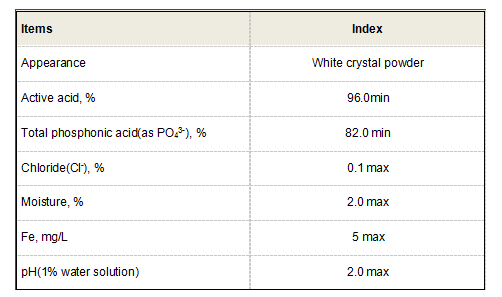flocculant vs coagulant
Flocculant vs. Coagulant Understanding the Differences and Applications in Water Treatment
In the realm of water treatment, two terminologies often surface flocculants and coagulants. While they may seem similar, especially due to their overlapping functions in the purifying process, they serve distinct purposes and operate through different mechanisms. Understanding their differences is essential for effective water treatment and ensuring water quality in various applications.
Definition and Functionality
A coagulant is a substance that promotes coagulation, a process where fine particulates combine to form larger aggregates or flocs. This process is initiated by adding coagulants, which destabilize the colloidal suspensions in water. Common coagulants include aluminum sulfate (alum), ferric chloride, and polyaluminum chloride. These agents neutralize the charges on particles, allowing them to clump together and settle at the bottom of a treatment vessel.
Flocculants, on the other hand, facilitate flocculation, the aggregation of these flocs into even larger formations that can be easily removed from water. Flocculants are typically high molecular weight polymers that enhance the process of sedimentation by bridging the gaps between the smaller flocs. Examples of flocculants include polyacrylamide and cationic or anionic starches. The primary role of flocculants is to improve the clarity of water and reduce residual turbidity, leading to effective filtration.
Mechanisms of Action
The mechanisms by which coagulants and flocculants operate highlight their fundamental differences. Coagulation is primarily a chemical process that alters the electrochemical properties of particles within the water. When a coagulant is introduced, it reduces the repulsion between similar charged particles, allowing them to collide and bond together. The result is the formation of larger aggregates that can be removed through gravity or subsequent filtration processes.
flocculant vs coagulant

Flocculation, in contrast, is more of a physical process. Once coagulation occurs, flocculants enhance the collision of the newly formed aggregates, facilitating the growth of flocs. This increased floc size enhances settling and makes it easier to remove particles from water. Although both processes can occur simultaneously, they have different roles coagulation sets the stage, while flocculation finalizes the process, ensuring a cleaner output.
Applications in Water Treatment
Both coagulants and flocculants are extensively used in various water treatment applications. Municipal water treatment facilities commonly employ these chemicals to ensure safe drinking water. Coagulation-flocculation processes are integral in removing suspended solids, organic matter, and pathogens from raw water sources.
In industrial settings, these chemicals are vital for treating wastewater. Flocculants are particularly useful in processes like sedimentation, where the objective is to achieve high removal efficiencies of suspended solids. They are widely applied in industries such as mining, paper manufacturing, and oil and gas, where large volumes of water need to be treated efficiently.
Additionally, both coagulants and flocculants play key roles in sludge management. They help in the dewatering of sludge, making the disposal process more manageable by reducing the volume of waste materials.
Conclusion
In summary, understanding the distinctions between flocculants and coagulants is crucial for optimizing their use in water treatment processes. Coagulants initiate the aggregation of particles, while flocculants enhance the size and settling characteristics of these aggregates. Together, they play a pivotal role in ensuring the safety and quality of treated water, catering to both municipal and industrial needs. As the demand for clean water continues to rise globally, mastering the use of these chemicals will remain a key component in environmental and public health initiatives.
-
Water Treatment with Flocculant Water TreatmentNewsJun.12,2025
-
Polymaleic AnhydrideNewsJun.12,2025
-
Polyaspartic AcidNewsJun.12,2025
-
Enhance Industrial Processes with IsothiazolinonesNewsJun.12,2025
-
Enhance Industrial Processes with PBTCA SolutionsNewsJun.12,2025
-
Dodecyldimethylbenzylammonium Chloride SolutionsNewsJun.12,2025





